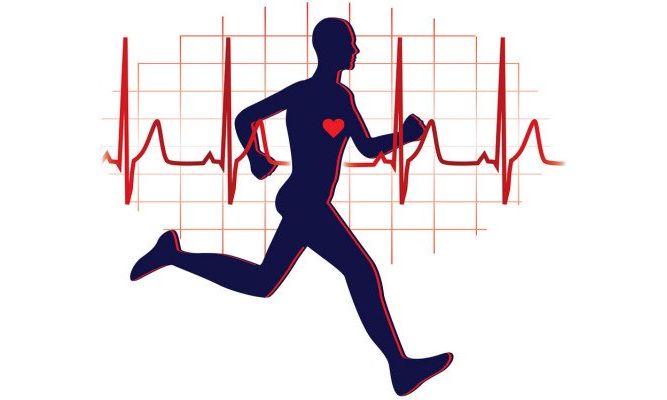Cardiovascular disease is the number one cause of death in the U.S. So exercising to reverse damage from heart aging is important to reduce this risk. “Based on a series of studies performed by our team over the past 5 years, this ‘dose’ of exercise has become my prescription for life,” said senior author Dr. Benjamin Levine, Director of the Institute and Professor of Internal Medicine at UT Southwestern. “I think people should be able to do this as part of their personal hygiene — just like brushing your teeth and taking a shower.”
To reap the most benefit, the exercise regimen should begin by late middle age (before age 65), when the heart apparently retains some plasticity and ability to remodel itself, according to the findings by researchers at the Institute for Exercise and Environmental Medicine (IEEM), which is a collaboration between UT Southwestern Medical Center and Texas Health Presbyterian Hospital Dallas.
And the exercise needs to be performed four to five times a week. Two to three times a week was not enough, the researchers found in an earlier study.
The regimen included exercising four to five times a week, generally in 30-minute sessions, plus warmup and cool-down:
- One of the weekly sessions included a high-intensity 30-minute workout, such as aerobic interval sessions in which heart rate tops 95 percent of peak rate for 4 minutes, with 3 minutes of recovery, repeated four times (a so-called “4 x 4”).
- Each interval session was followed by a recovery session performed at relatively low intensity.
- One day’s session lasted an hour and was of moderate intensity. (As a “prescription for life,” Levine said this longer session could be a fun activity such as tennis, aerobic dancing, walking, or biking.)
- One or two other sessions were performed each week at a moderate intensity, meaning the participant would break a sweat, be a little short of breath, but still be able to carry on a conversation — the “talk test.” In the study, exercise sessions were individually prescribed based on exercise tests and heart rate monitoring.
- One or two weekly strength training sessions using weights or exercise machines were included on a separate day, or after an endurance session.
So get out there and get that heart pumping!
